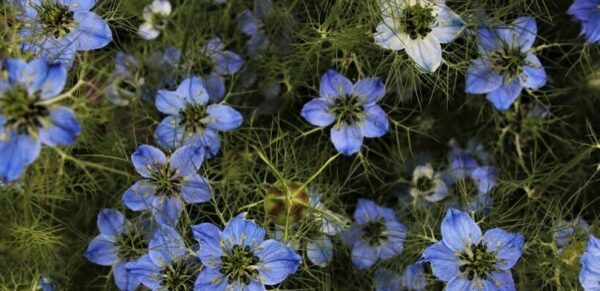A Comprehensive Guide to Herbs and Spices – Uses, Growing Tips, and Culinary Delights
Discover the secrets with our comprehensive guide from this herbs spices list! From growing tips to culinary uses, unlock the full potential of these flavorful treasures. Embark on a journey of culinary exploration and elevate your dishes to new heights!
Hello, I’m Mitch, your guide to the fragrant and flavourful world of herbs spices. As a proud Kiwi, I’ve always had a deep appreciation for the natural bounty our land offers. From the lush forests to the fertile plains, New Zealand provides an ideal environment for cultivating a wide array of herbs spices list that not only enhance the taste of our dishes but also offer a myriad of health benefits. In this article, I’ll take you on a journey through the delightful world of herbs and spices, sharing their uses in the kitchen and tips on how to grow them right in your own backyard. You could make a raised garden which I have an article on Here.
Basil:
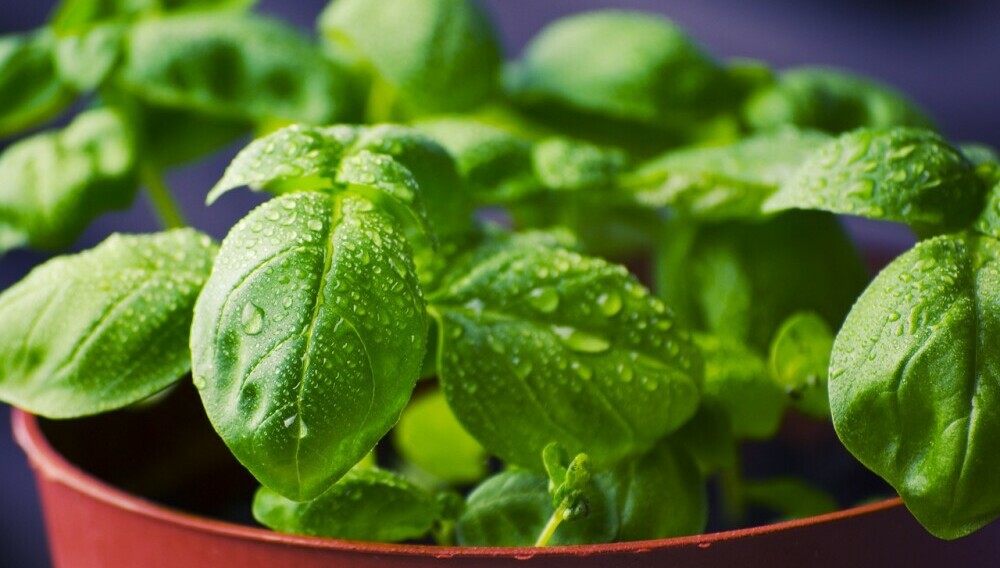
Let’s start with a classic favourite – basil. This aromatic herb is a staple in Mediterranean cuisine, known for its bright, peppery flavour with hints of anise and cloves. Basil is versatile and can be used fresh or dried in a variety of dishes, including pasta sauces, salads, and pesto. To grow basil, choose a sunny spot in your garden with well-drained soil. Plant the seeds or seedlings after the last frost, and keep the soil consistently moist. Pinch off the flowers to encourage bushier growth and prolong the harvest.
Rosemary:

Next up, we have rosemary, a woody herb with a robust flavour that pairs beautifully with roasted meats, potatoes, and bread. Rosemary is also prized for its medicinal properties, known to improve digestion and boost memory. To grow rosemary, plant it in a sunny, well-drained location with sandy soil. Water sparingly, as rosemary prefers drier conditions. Prune regularly to maintain its shape and harvest sprigs as needed, being sure not to overharvest to allow the plant to regenerate.
Turmeric:
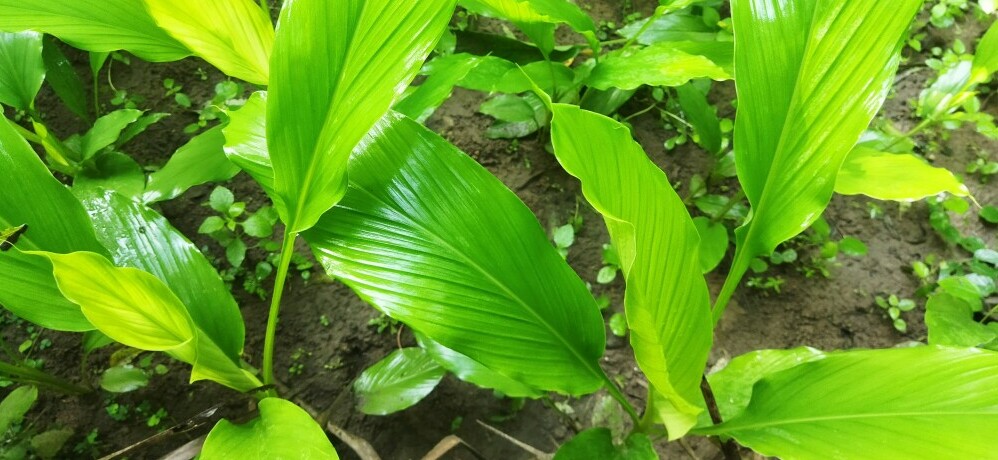
Turmeric, with its vibrant golden hue, is a powerhouse of health benefits. This spice is rich in antioxidants and has anti-inflammatory properties, making it a valuable addition to your diet. Turmeric adds depth to curries, soups, and smoothies, imparting a warm, earthy flavour. To grow turmeric, start with a rhizome from the grocery store or a nursery. Plant it in a large pot filled with well-draining soil and place it in a warm, sunny spot. Keep the soil consistently moist but not waterlogged, and harvest the rhizomes after 8-10 months once they have matured.
Thyme:

Thyme is a fragrant herb that adds a subtle, earthy flavour to a wide range of dishes, including stews, roasts, and marinades. This herb is also prized for its antiseptic properties and is often used in natural remedies for coughs and sore throats. To grow thyme, choose a sunny location with well-drained soil. Plant seedlings or propagate from cuttings, and water sparingly once established. Trim the plant regularly to encourage bushy growth and harvest sprigs as needed, ensuring not to remove more than one-third of the plant at a time.
Cumin:
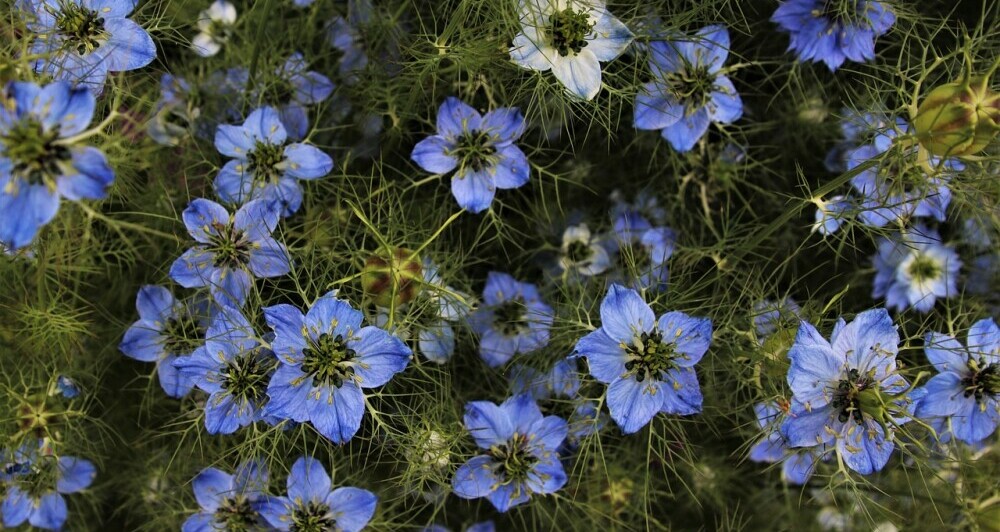
Cumin is a spice with a warm, nutty flavour that is widely used in Indian, Middle Eastern, and Mexican cuisines. It adds depth to curries, chili, and rice dishes, and is also prized for its digestive benefits. To grow cumin, sow the seeds directly in the ground or in containers filled with well-drained soil. Cumin thrives in full sun and prefers dry conditions, so be sure not to overwater. Harvest the seeds once they have turned brown and dry, typically around four months after planting.
Mint:
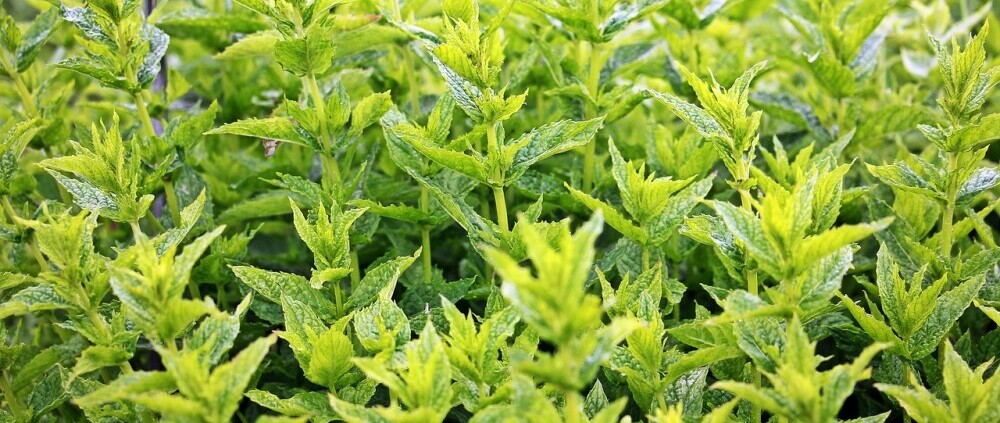
Mint is a refreshing herb with a bright, cooling flavour that is perfect for summer beverages, salads, and desserts. It also has digestive properties and can help soothe an upset stomach. Mint is easy to grow and can quickly become invasive, so it’s best to plant it in containers or in a designated area of your garden. Choose a location with partial shade and moist, well-drained soil. Harvest the leaves regularly to encourage new growth and prevent the plant from becoming too leggy.
Paprika:
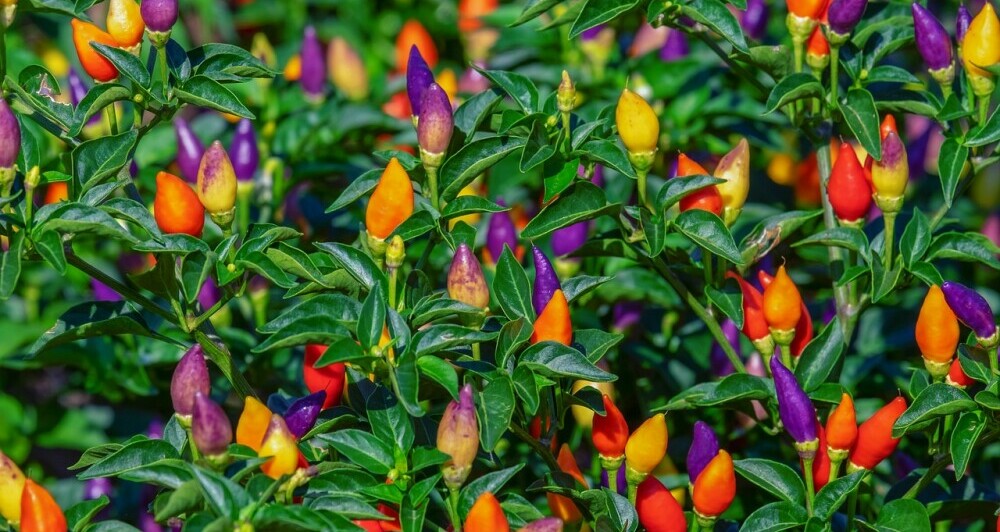
Paprika is a vibrant spice made from dried peppers and adds color and flavor to a variety of dishes, including soups, stews, and grilled meats. It comes in various heat levels, from mild to hot, so you can choose the one that suits your taste preferences. To grow paprika peppers, start seeds indoors in early spring and transplant them outside once the weather warms up. Choose a sunny spot with well-drained soil and water consistently to keep the soil evenly moist. Harvest the peppers once they have ripened to the desired color, typically red or orange.
Oregano:
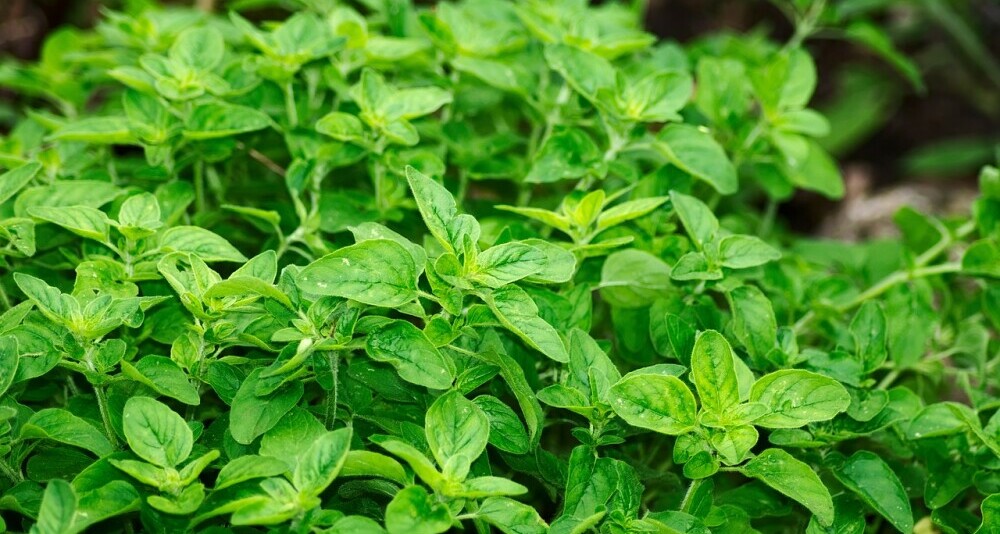
Oregano is a robust herb with a peppery, slightly bitter flavour that is a staple in Italian and Greek cuisines. It pairs well with tomatoes, olives, and grilled meats, and is also known for its antimicrobial properties. To grow oregano, plant seedlings or propagate from cuttings in a sunny location with well-drained soil. Water sparingly once established, as oregano prefers drier conditions. Harvest the leaves regularly for fresh use or dry them for later use in cooking.
Ginger:
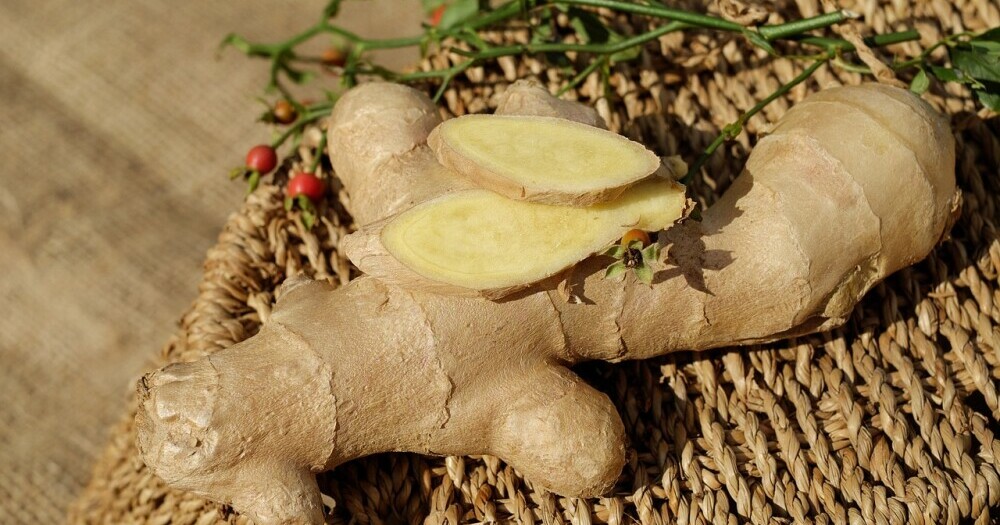
Ginger is a versatile spice with a warm, spicy flavour that is used in both sweet and savory dishes. It adds depth to stir-fries, curries, and baked goods, and is also prized for its anti-nausea properties. To grow ginger, start with a ginger rhizome from the grocery store or a nursery. Plant it in a large pot filled with well-draining soil and place it in a warm, sunny spot. Keep the soil consistently moist and harvest the rhizomes after 8-10 months once they have matured.
Coriander:

Coriander, also known as cilantro, is a pungent herb with a citrusy flavour that is popular in Asian, Mexican, and Middle Eastern cuisines. It adds freshness to salsas, curries, and salads, and is also prized for its digestive benefits. To grow coriander, sow the seeds directly in the ground or in containers filled with well-drained soil. Choose a sunny location with partial shade in hot climates and keep the soil consistently moist. Harvest the leaves regularly for fresh use and allow some plants to bolt and produce seeds for use as coriander spice.
Cardamom
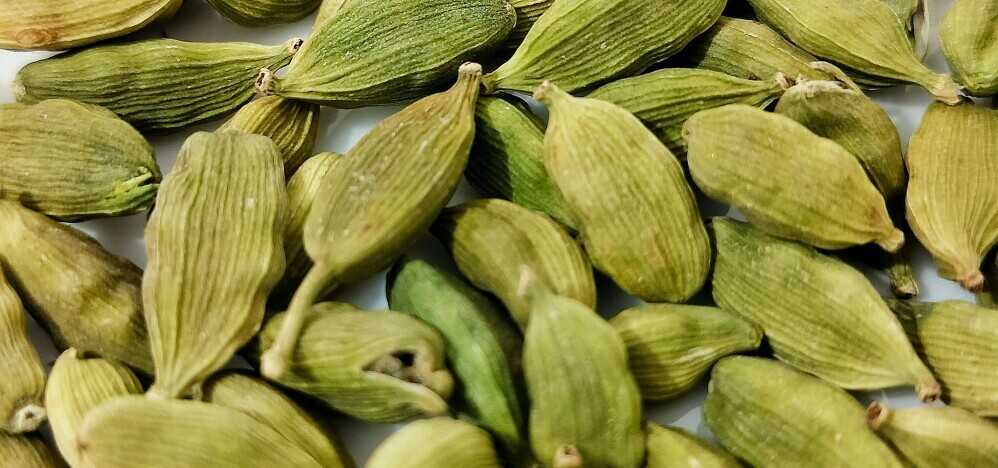
Cardamom, prized for its warm, citrusy flavour and floral aroma, is a key ingredient in Indian and Middle Eastern cuisine. It adds depth to curries, desserts, and spiced tea. Cardamom plants require a warm, humid climate with well-drained soil. Provide partial shade and consistent moisture for optimal growth.
Saffron:

Saffron, with its unique flavour profile reminiscent of honey and hay, is one of the most expensive spices in the world. It adds depth and color to rice dishes, soups, and desserts. Saffron crocus plants require well-drained soil and a sunny location. Harvest stigma when flowers bloom for the prized spices.
Cloves:
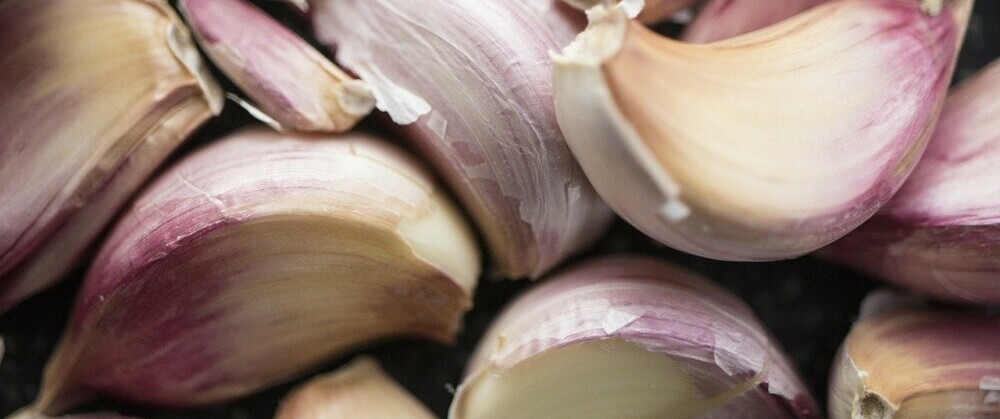
Cloves, with their intense, warm aroma and sweet-spicy flavour, are native to Indonesia and commonly used in both sweet and savory dishes. They add depth to curries, baked goods, and mulled beverages. Clove trees thrive in tropical climates with rich, well-drained soil. Plant them in a sunny location and provide regular moisture for optimal growth.
Nutmeg:
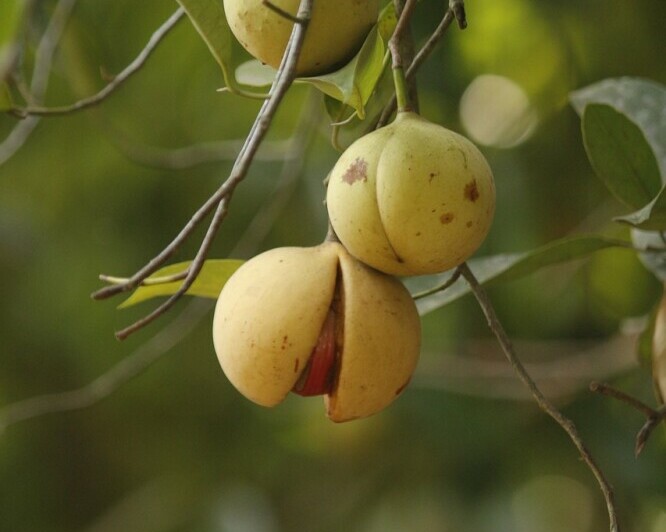
Nutmeg, prized for its rich, nutty flavour and warm aroma, is native to the Moluccas (Spice Islands) of Indonesia. It enhances both sweet and savory dishes, including custards, pies, and creamy sauces. Nutmeg trees prefer tropical climates with well-drained soil enriched with organic matter. Plant them in a sheltered spot with partial shade to protect them from strong winds.
Allspice:
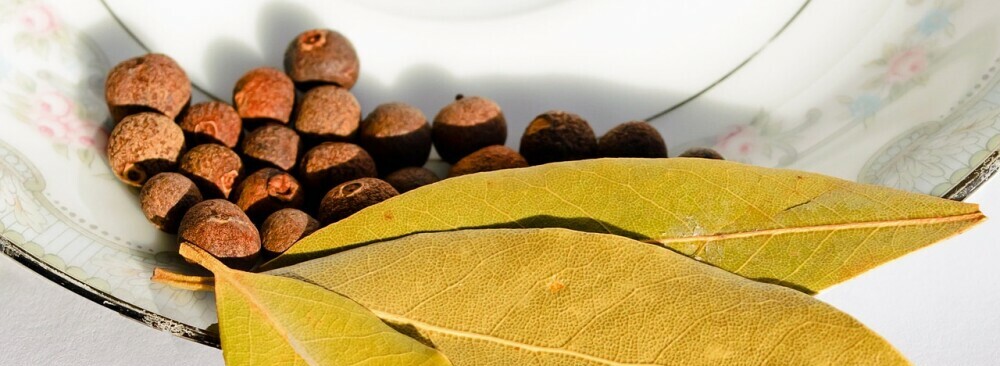
Allspice, also known as Jamaican pepper, possesses a complex flavour profile reminiscent of cinnamon, cloves, and nutmeg combined. It is a key ingredient in Caribbean cuisine, adding depth to jerk seasoning, stews, and baked goods. Allspice trees require a tropical climate with well-drained soil and partial shade. Provide regular watering and protection from frost.
Fennel Seeds:
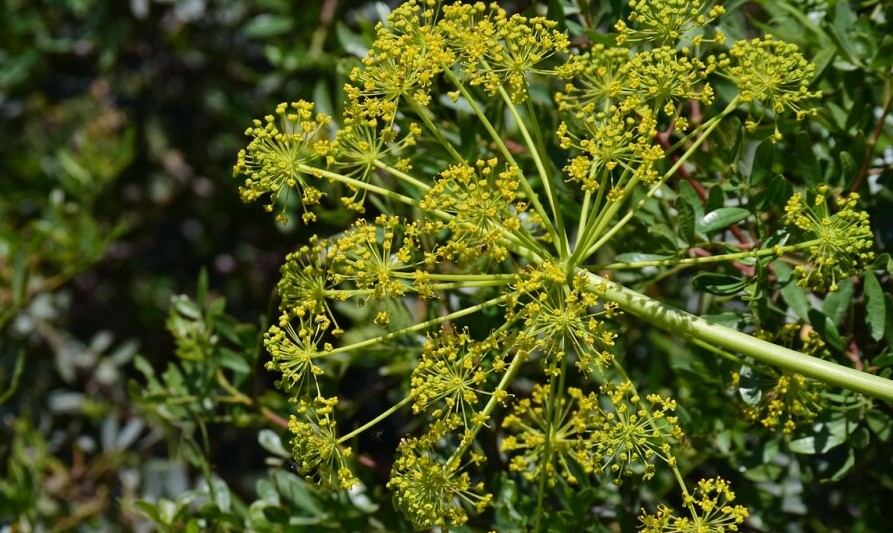
Fennel seeds, with their sweet, licorice-like flavour and aromatic fragrance, are native to the Mediterranean region. They are commonly used in Italian and Indian cuisines, enhancing bread, sausages, and curries. Fennel plants prefer sunny locations with well-drained soil. Sow seeds directly into the ground or containers, thinning as necessary to allow for proper growth.
Szechuan Peppercorns:
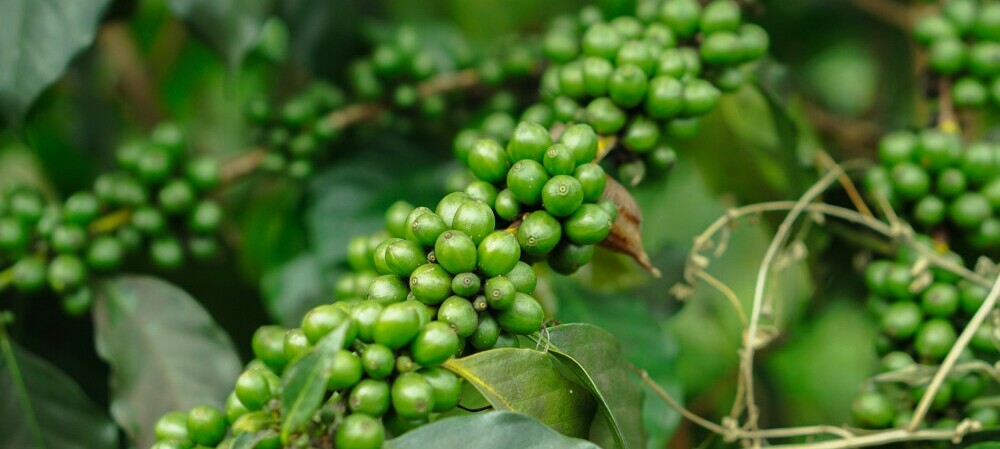
Szechuan peppercorns, known for their numbing, tingling sensation and citrusy aroma, are native to China. They are a key ingredient in Szechuan cuisine, adding depth and complexity to stir-fries, noodles, and spicy dishes. Szechuan peppercorn trees thrive in subtropical climates with well-drained soil and partial shade. Provide regular watering and protection from strong winds.
Tarragon:
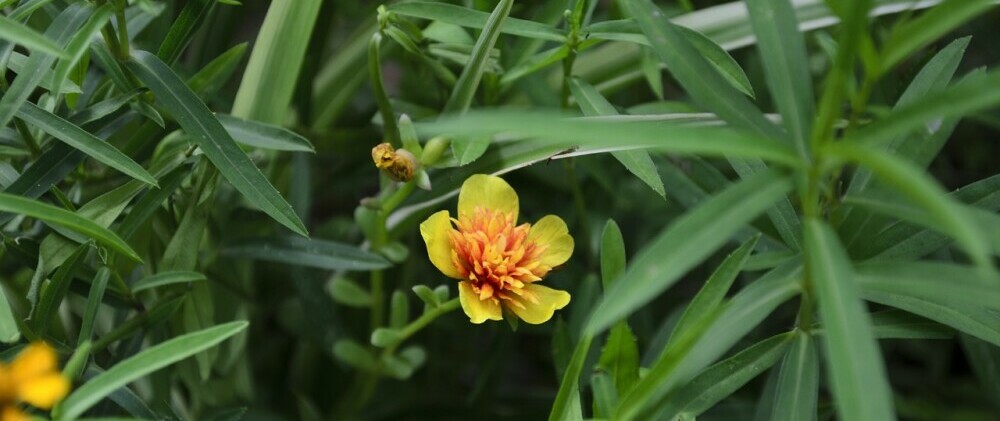
Tarragon, with its delicate, anise-like flavour and subtle bitterness, is native to Eurasia. It is a classic herb in French cuisine, adding depth to sauces, salads, and seafood dishes. Tarragon plants prefer sunny locations with well-drained soil. Propagate tarragon from cuttings or divisions, ensuring they receive consistent moisture and occasional pruning to maintain vigor.
Bay Leaves:
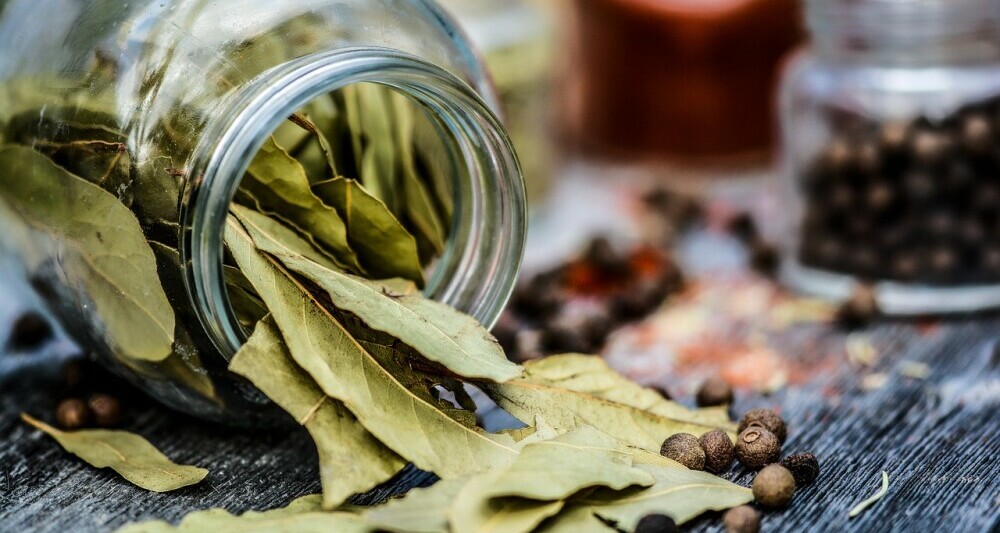
Bay leaves, with their subtle, herbal aroma and slightly bitter flavour, are native to the Mediterranean region. They are commonly used in soups, stews, and braises to add depth and complexity. Bay laurel trees prefer sunny locations with well-drained soil. Plant them in containers or directly in the ground, providing regular watering and protection from strong winds.
Caraway Seeds:
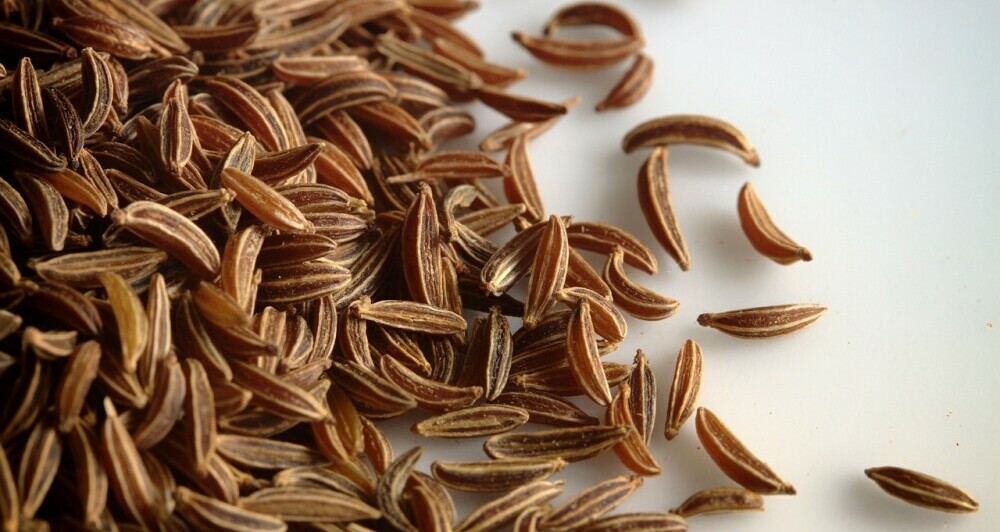
Caraway seeds, with their warm, earthy flavour and aromatic fragrance, are native to Europe and Western Asia. They are commonly used in bread, cheese, and sauerkraut, as well as liqueurs and savory dishes. Caraway plants prefer sunny locations with well-drained, sandy soil. Sow seeds directly into the ground in spring or fall, thinning as necessary to allow for proper spacing.
Juniper Berries:

Juniper berries, with their piney, citrusy flavour and spicy aroma, are native to the Northern Hemisphere. They are a key ingredient in gin production and are also used to flavor game meats, sauerkraut, and pickles. Juniper trees prefer well-drained, sandy soil and full sun. Plant them in a sheltered location with good air circulation, providing occasional pruning to maintain shape.
Lemongrass:
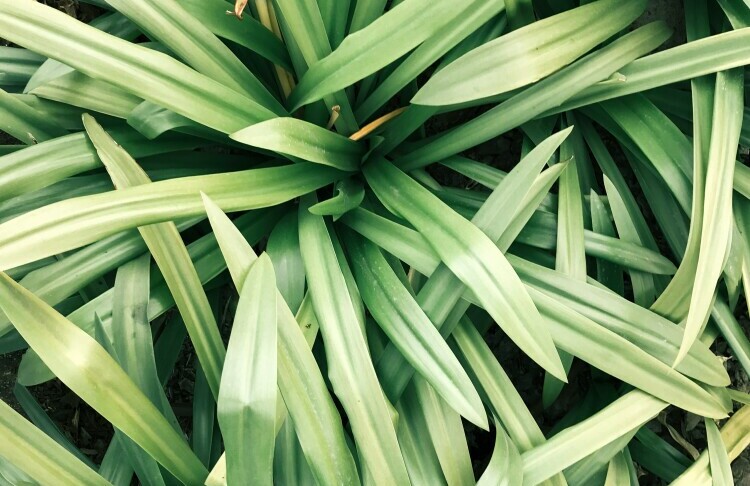
Lemongrass, with its citrusy and slightly floral flavour, is a staple in Southeast Asian cuisine. It adds brightness to curries, soups, and stir-fries. Lemongrass is a tropical plant that thrives in warm, sunny conditions with well-drained soil. Plant stalks in moist soil and provide ample space for growth.
Sage:

Sage, with its earthy, slightly peppery flavour, is a versatile herb used in stuffing, poultry dishes, and sauces. It pairs well with fatty meats and winter vegetables. Sage prefers full sun and well-drained soil. Prune regularly to encourage bushier growth and harvest leaves as needed.
Dill:

Dill, known for its feathery leaves and mild, slightly tangy flavour, is a classic herb in Scandinavian, Eastern European, and Mediterranean cuisines. It enhances seafood dishes, salads, and pickles. Dill thrives in full sun and well-drained soil. Sow seeds directly into the ground and harvest leaves before flowering for the best flavor.
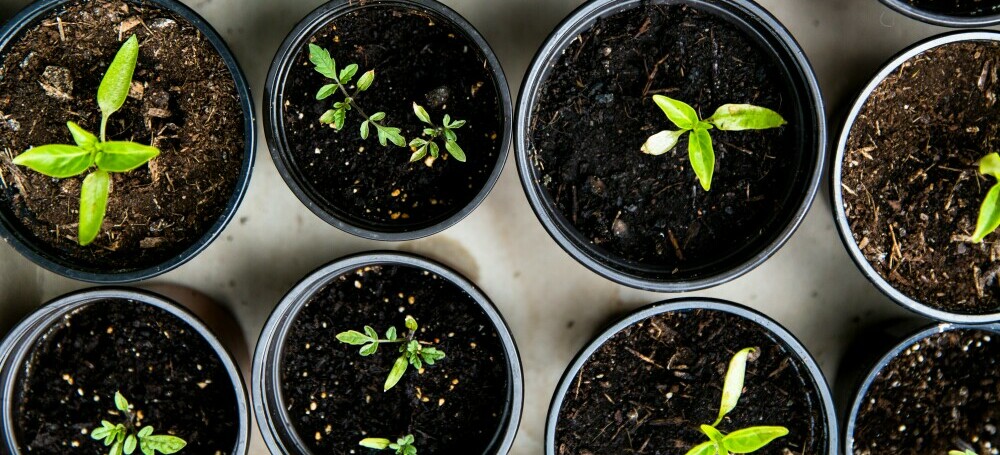
Head Over To This Article And Get Your Garden Started Today
Click Here
^^^^^^^^^^^
For a full A to Z List of Herbs And Spices check this out at Wikipedia Here
As we conclude our journey through the bountiful world of herbs and spices, it’s evident that these humble ingredients are not just flavour enhancers but gateways to a world of culinary exploration and cultural richness. From the fiery heat of chili peppers to the delicate fragrance of bay leaves, each herb and spice carries with it a story of tradition, innovation, and gastronomic delight.
By understanding the uses, flavours, and growing requirements of these botanical treasures, we not only expand our culinary repertoire but also deepen our connection to the earth and the diverse cultures that have cherished these ingredients for centuries.
Whether you’re cultivating a windowsill herb garden or embarking on a culinary adventure in your kitchen, the journey with herbs and spices is one of endless discovery and creativity. So, let’s embrace the magic of these flavorful companions, savoring the joy they bring to our palates and the vibrancy they add to our lives.
As we part ways, may your culinary endeavors be seasoned with passion, curiosity, and a generous sprinkling of herbs and spices from around the globe. Here’s to the art of cooking, the beauty of nature, and the delicious adventures that await us at every turn. Bon appétit and happy growing! Leave us a comment if you like!
Mitch From Roots To Shoots
Follow to stay up to date with new posts!

Our website contains affiliate links. This means if you click and make a purchase, we may receive a small commission. Don’t worry, there’s no extra cost to you. It’s a simple way you can support our mission to bring you quality Gardening Tips.
Last Updated on February 12, 2025 by Mitch

